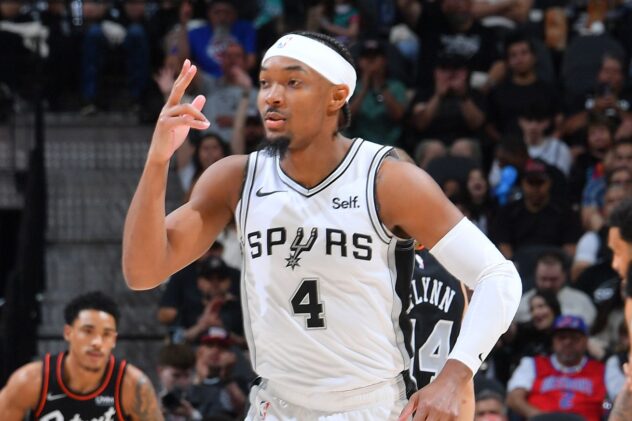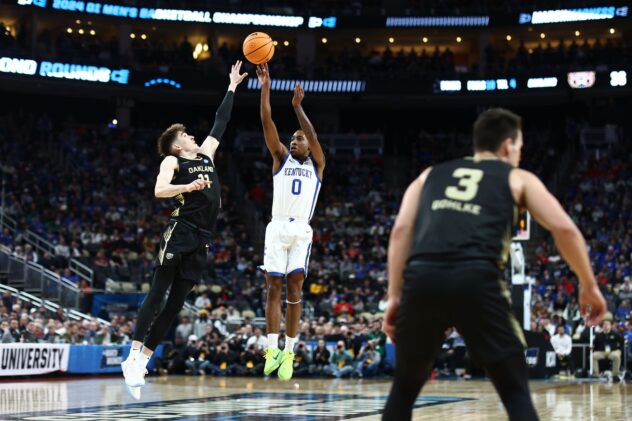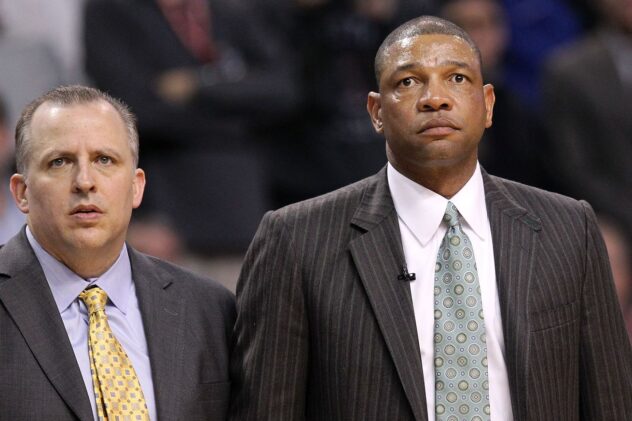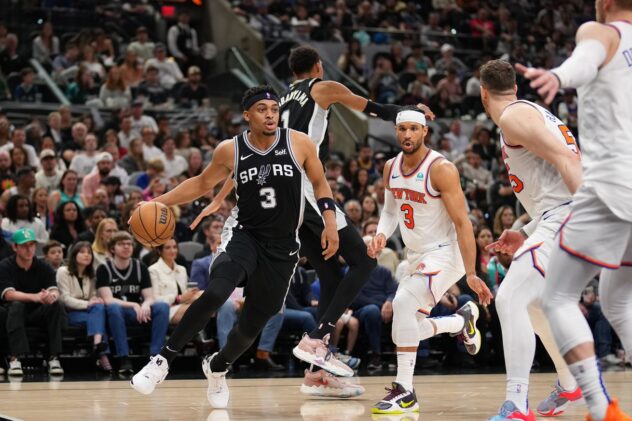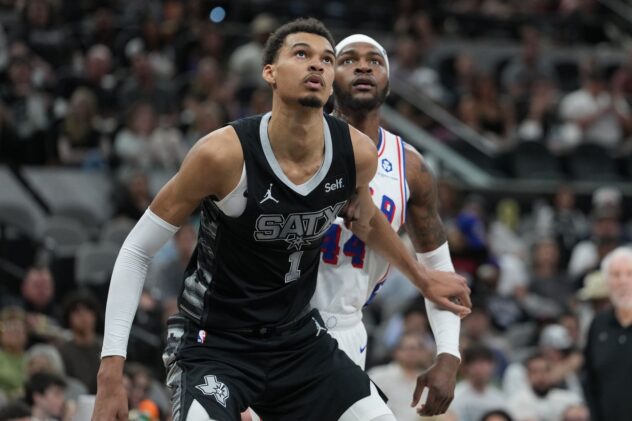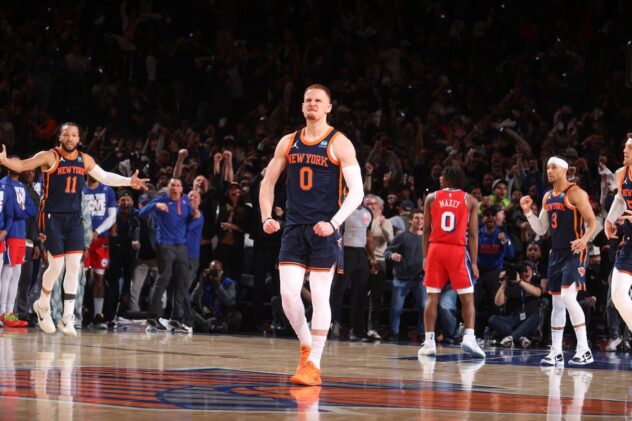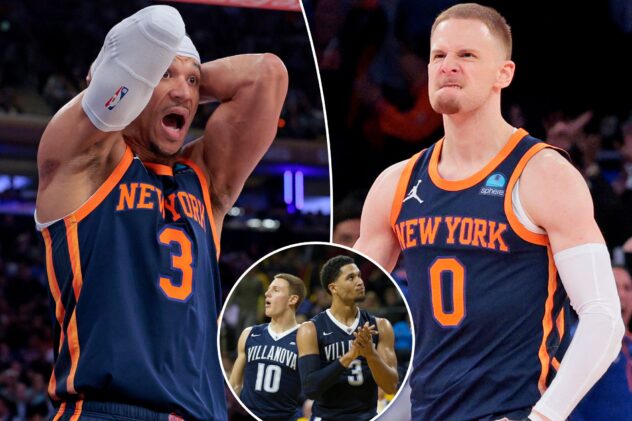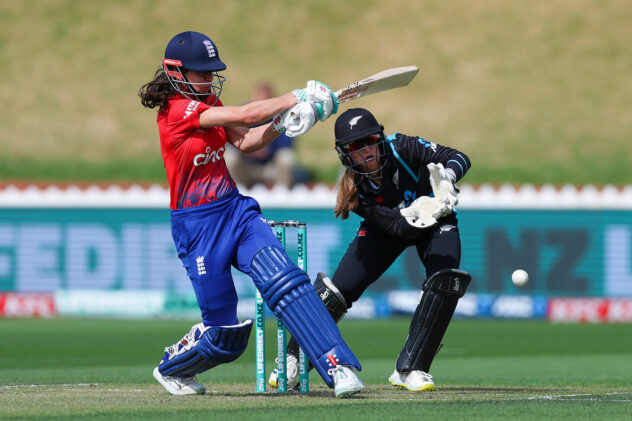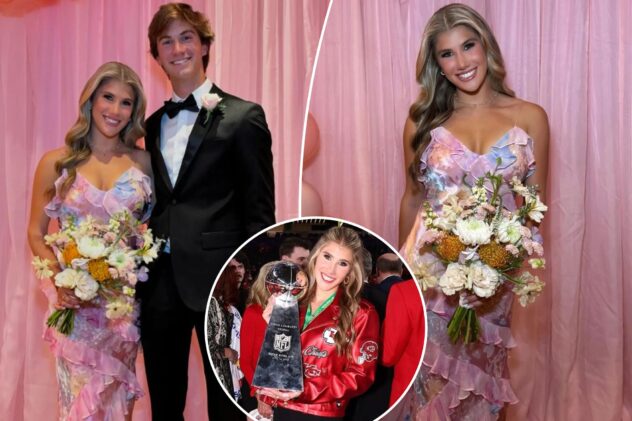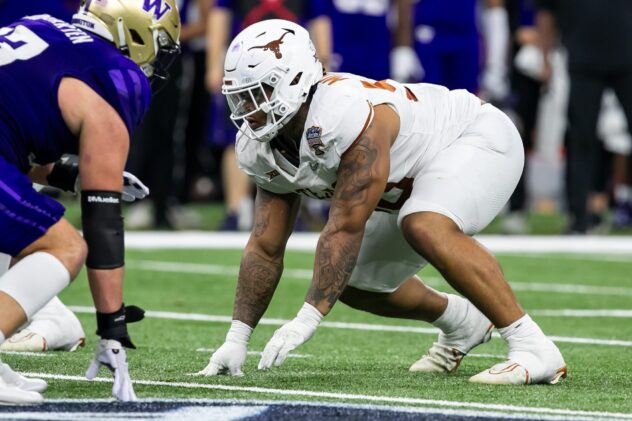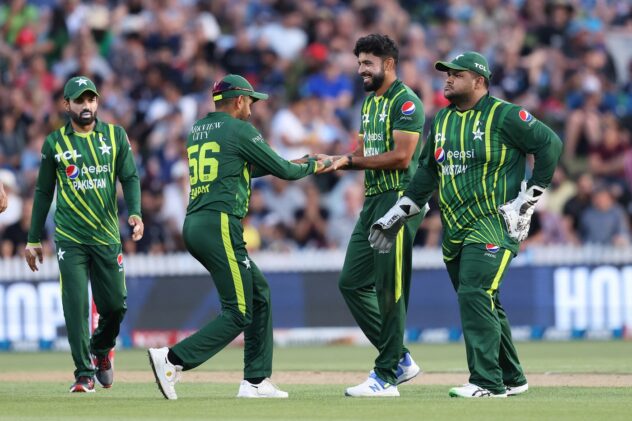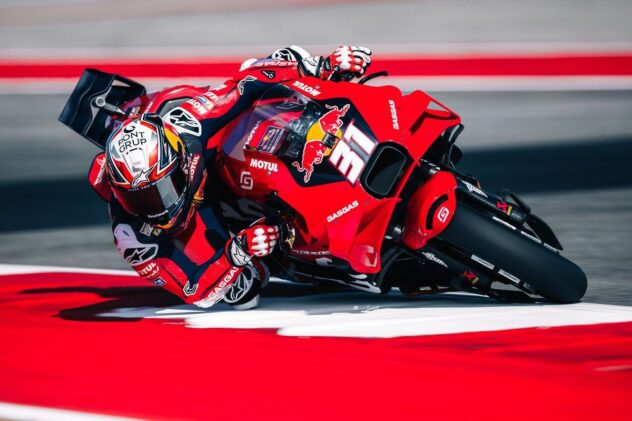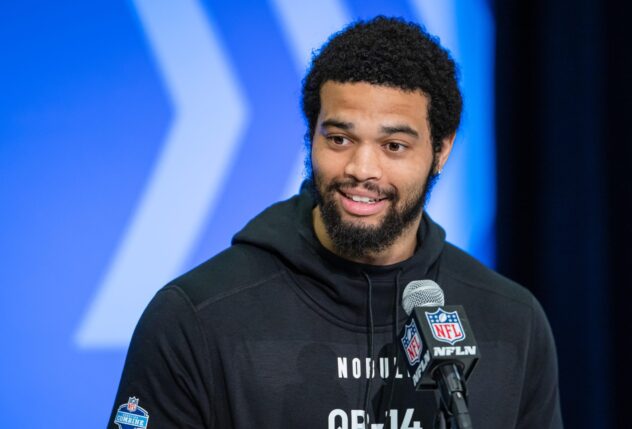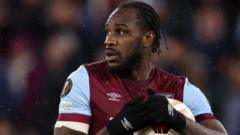Around the NBA: the Grizzlies and Cavs have arrived, but what’s going on in Milwaukee?
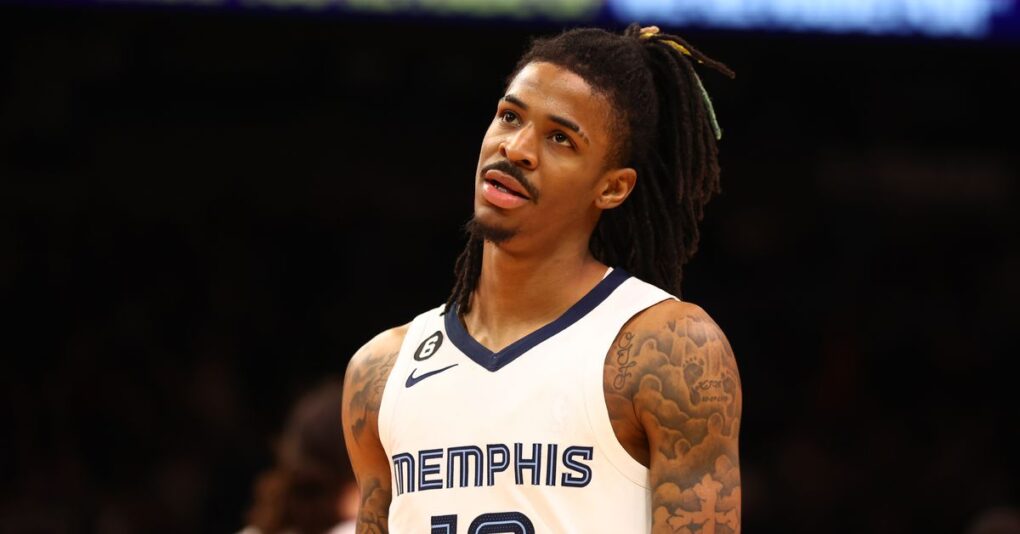
The common discourse surrounding the Grizzlies and Cavs these days seems to revolve around their bright futures.
Well, I’m here to tell everyone that both teams are good enough to contend. Right now.
On the other hand, perennial powerhouse Milwaukee has struggled uncharacteristically for months now, and their issues go deeper than just the absence of Khris Middleton.
But for now, let’s focus on the good and see what’s clicking with the young and brash Grizzlies.
Currently the 2-seed in the West, Memphis is only 2.5 games behind Denver and is a legitimate candidate to make the finals. They have the second-best net rating in the league at +6.0 and is one of just four teams with both a top-ten offense (9th, 116.2 offensive rating) and defense (1st, 110.1 defensive rating).
Ja is, well, Ja. He’s the most exciting player in the league and good enough to be the first option for a title team at the ripe age of 23. His stats this year mirror last year’s across the board, but his efficiency has curiously actually taken a step back though.
Fortunately, the team has improved overall, and that’s in large part to the leaps made by Jaren Jackson Jr. and Desmond Bane. After finishing 5th in DPOY voting a year ago, JJJ should be the favorite this time around. If it wasn’t for missing time, he’d be the favorite by a landslide and would have been a slam dunk All-Star as well.
Since returning on November 15th, the Grizzlies have had a defensive rating of 109.1 — almost two points better than second-place Boston. Prior to that, their rating of 112.6 was 17th league-wide in 14 games, which isn’t a small sample size. More impressive is his 5.7% block percentage, which is first among all players who’ve logged at least 600 minutes this season, and 1% higher than second-place Nic Claxton.
In fact, JJJ’s 4.3 blocks per 36 minutes is the 5th highest number in a single season among all players since 2000, and he’s currently holding opponents to just 48% shooting (15% lower than their usual percentage) from within six feet of the basket, which is the lowest percentage in the entire league. Unsurprisingly, he’s able to contest shots in every possible manner: coming from behind, with his back to the basket, you name it.
Offensively, JJJ has improved too, although it’s come on the back of unsustainably hot shooting — he’s making 50% of his corner threes when he’s only been above 30% once before. On the other hand, he’s a career 79% from the line and has shown flashes of being a reliable three-point shooter in the past, so while his current 39% number from deep might be a tad high, it’s not unreasonable to expect him to have a conversion rate in the mid-30s.
Meanwhile, Bane has become a legitimate offensive driver, giving the Grizzlies another reliable option when Ja isn’t on the floor. So far, he’s shooting 50.4% on 4.1 attempts per game when he takes 3-6 dribbles, which is a significant improvement on the 48% he made last year on 2.6 attempts.
The uptick in efficiency and volume indicates that Bane’s developed into a reliable shot creator, and his playmaking has taken a leap too: his assist percentage has skyrocketed from 13.6% to 19.7%, the latter of which ranks in the 91st percentile among all wings this year. Bane’s improvement is a big reason why Memphis has a 114.2 offensive rating even without Ja, which would still rank in the top half of the league.
With that said, the one concern I have with the Grizzlies is that their 95.1 offensive rating in the half-court is 22nd league-wide, and this same issue was one of their biggest Achilles heels in the playoffs last year.
Even so, Memphis’ depth and star power still make them a powerhouse and one of the three most likely teams to come out of the West alongside Denver and Golden State.
Here’s a fun fact for you: the Cavs have made the playoffs nine times since 1999.
Shockingly, LeBron was on all nine of those teams.
During the 13 seasons when he wasn’t in Cleveland, the team’s number of playoff appearances is a big fat 0.
That’s, umm, not good.
Fortunately, the Cavs’ fortunes have changed, and they’re now built to contend both this season and for years to come. Cleveland’s +3.9 net rating is 4th league-wide, thanks to their 11th-ranked offense (115.1 points per 100) and 3rd-ranked defense (111.2).
The biggest difference this year has obviously been the addition of Donovan Mitchell, who has given the Cavs another creator while also alleviating Darius Garland’s load. Without Garland last year, Cleveland had an anemic offensive rating of 106.1, but that’s up to 113.5 this season — the latter of which is only slightly below the current league average.
Interestingly, the Cavs’ defensive rating actually improves by two points per 100 possessions when Evan Mobley is off the floor, and his seeming lack of improvement has garnered some murmurs around the league. Thankfully, his advanced stats paint a different picture.
With Mobley playing, opponents are shooting 40% from deep against Cleveland, which drops to just 33% with him on the bench. That former figure is unsustainable and not a fault of Mobley’s considering he doesn’t defend the perimeter that often and teams generally don’t have much control over opponent three-point shooting anyway.
The more important number is 63.1% — the field goal percentage of opponent shooting around the basket — which ranks in the 82nd percentile. Even without Jarrett Allen, that figure only increases slightly to 65.3%, still in the 63rd percentile.
Offensively, Mobley’s counting stats are virtually identical, but he’s become a lot more efficient, improving from his 52.3 effective field goal percentage last year to 57.4% this season. He’s especially potent in the low post: in the first clip, he punishes a mismatch then proceeds to pass out of a double team on the very next possession.
In short, while Mobely hasn’t taken “The Leap” yet, he still has the makings of a potential franchise player who will likely be in the running for DPOY for years to come.
The much bigger issue for Cleveland is their starting small forward position. Isaac Okoro has largely filled that role, but he’s a complete black hole on offense who doesn’t garner any attention from opposing defenses.
In fact, 47.9% of his shots are classified as wide-open (when opponents are six or more feet away from the shooter), which is the 14th-highest mark in the league. To make things worse, he’s making just 37.3% of those attempts, a figure that could be exceeded by that random sharpshooter at your local gym.
That lack of a reliable small forward is precisely why I can’t list Cleveland among the inner circle of contenders, unlike Memphis. If the Cavs can upgrade at that position, though, then they’d have a legit shot at winning the title this year.
Remember when the Bucks were 9-0?
Since then, they’ve gone just 22-17 with a negative net rating of -0.3. Milwaukee’s defense (112.6 rating, sixth during that time) has remained elite, but they’re only scoring 112.4 point per 100 possessions over that span, which is 26th league-wide.
Yes, Middleton has only played in 9 games so far, but the Bucks’ issues run deeper than just injuries. Milwaukee is scoring just 95.8 points per 100 possessions in the half-court, which is 23rd in the league. Shockingly, their points scored in transition is even worse (29th league-wide) with an offensive rating of 117.2.
The Bucks’ offense just doesn’t seem to have much of an identity, as they rank middle of the pack in both passes made and isolation frequency. Their most used play is post-ups — a relic of the past — but they only score 0.92 points on such possessions, which is 19th league-wide.
In general, there just doesn’t seem to be much flow or movement to Milwaukee’s attack. Only 5.4% (5th lowest) of their sets involve cuts, which is one of the most efficient plays in basketball. On an individual level, Giannis’ field goal percentage has strangely taken a large dip too. His current 52.6% conversion rate would be the lowest since 2016-17, and his true shooting of 58.8% is barely above the league average.
To be frank, I don’t know what the Bucks’ main issue is. Middleton’s absence is the obvious answer, but their offensive rating without him last year (113.5) was actually still above the league average, so there are definitely other factors at play. It’s not just bad luck, either: Milwaukee’s location effective field goal percentage (what they’re expected to shoot) is 55.3%, which is only a bit higher than their actual percentage of 54%.
So even if Middleton is able to get back to his All-Star self and the team receives better shooting luck, it’s hard to see the Bucks being anything more than an average offensive team. Milwaukee should still be feared due to their recent success and the Giannis factor, but changes need to be made to their system if they hope to be champions again.
This week, please check out Jesus’ article on rooting for a Spur! Cheering on a tanking team might be tough, but at least there are individual players with great stories who are worth rooting for.
Thanks for reading!
All stats courtesy of Cleaning the Glass, NBA Stats, and Statmuse.

